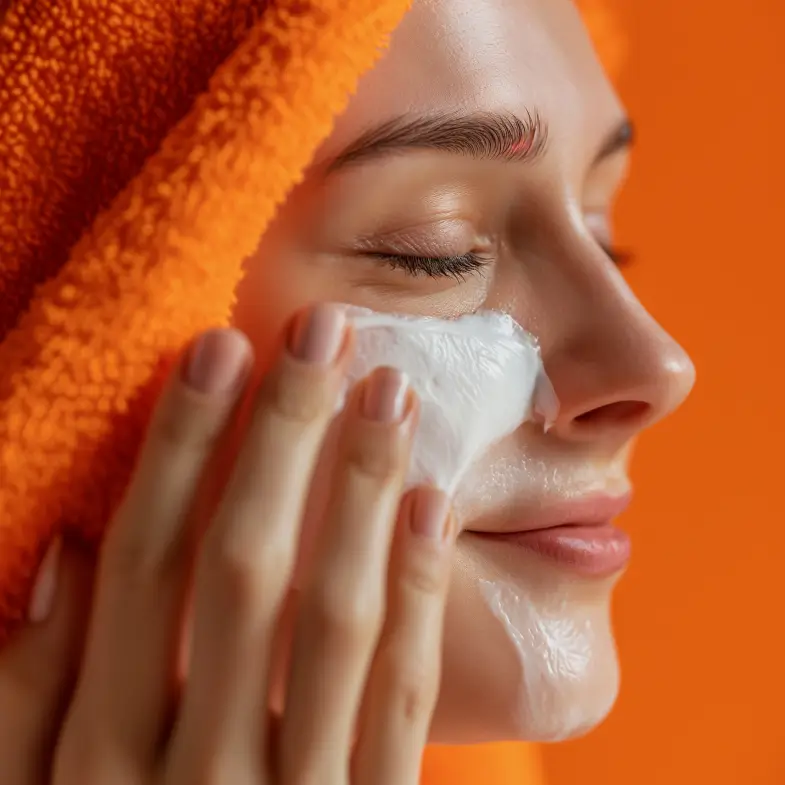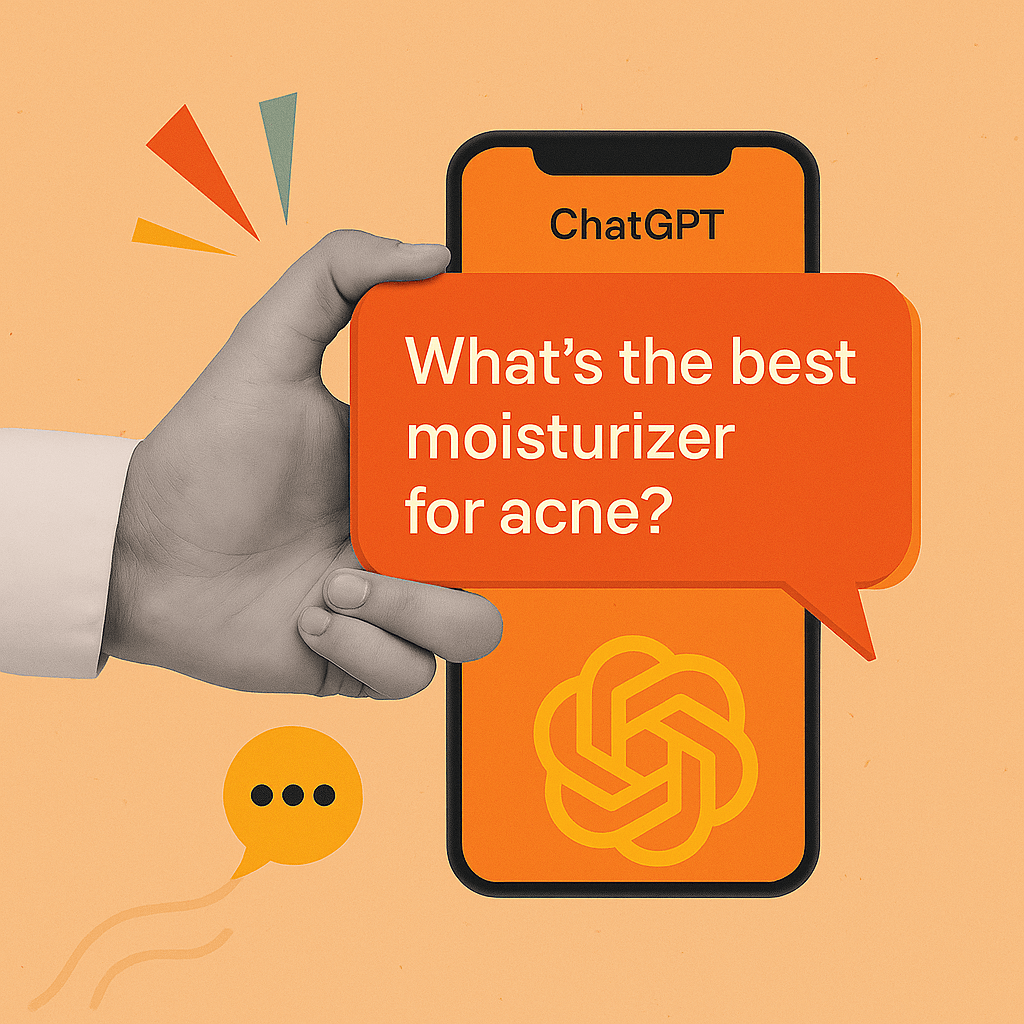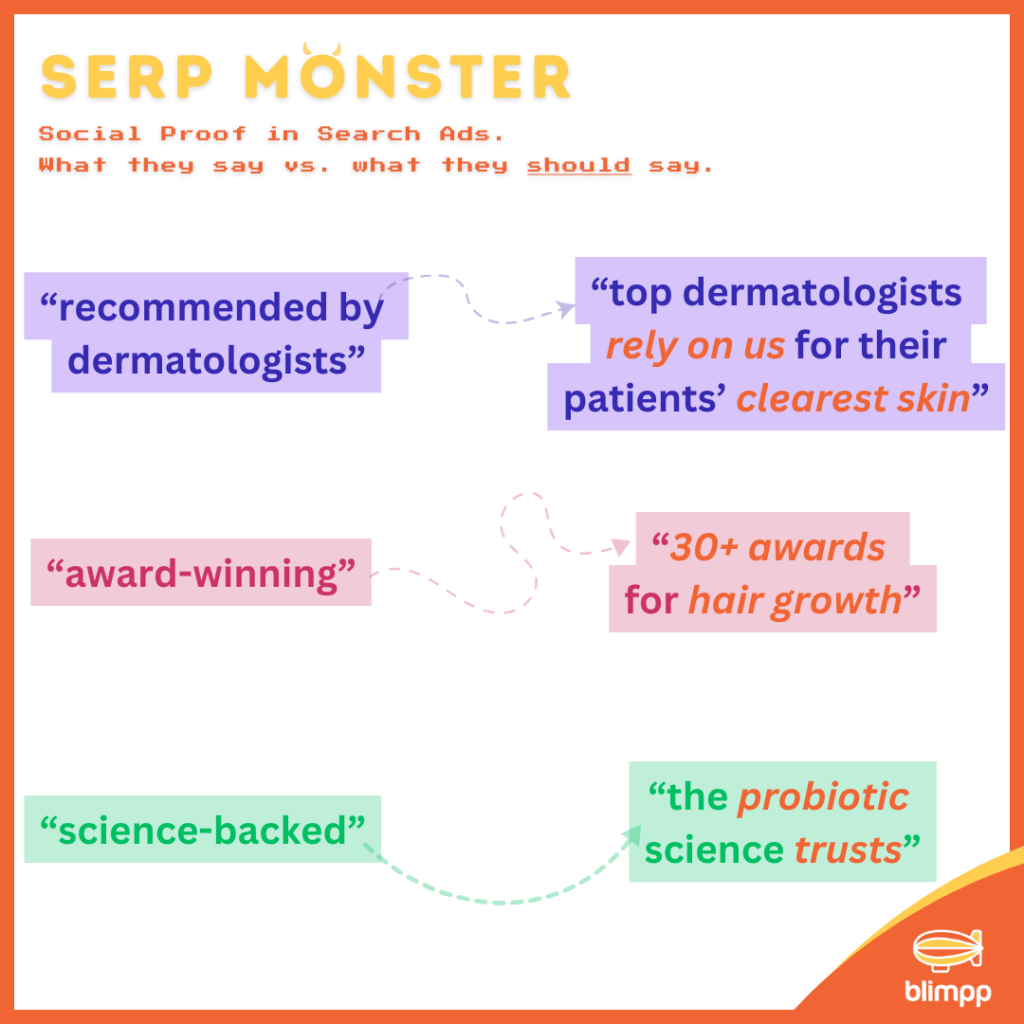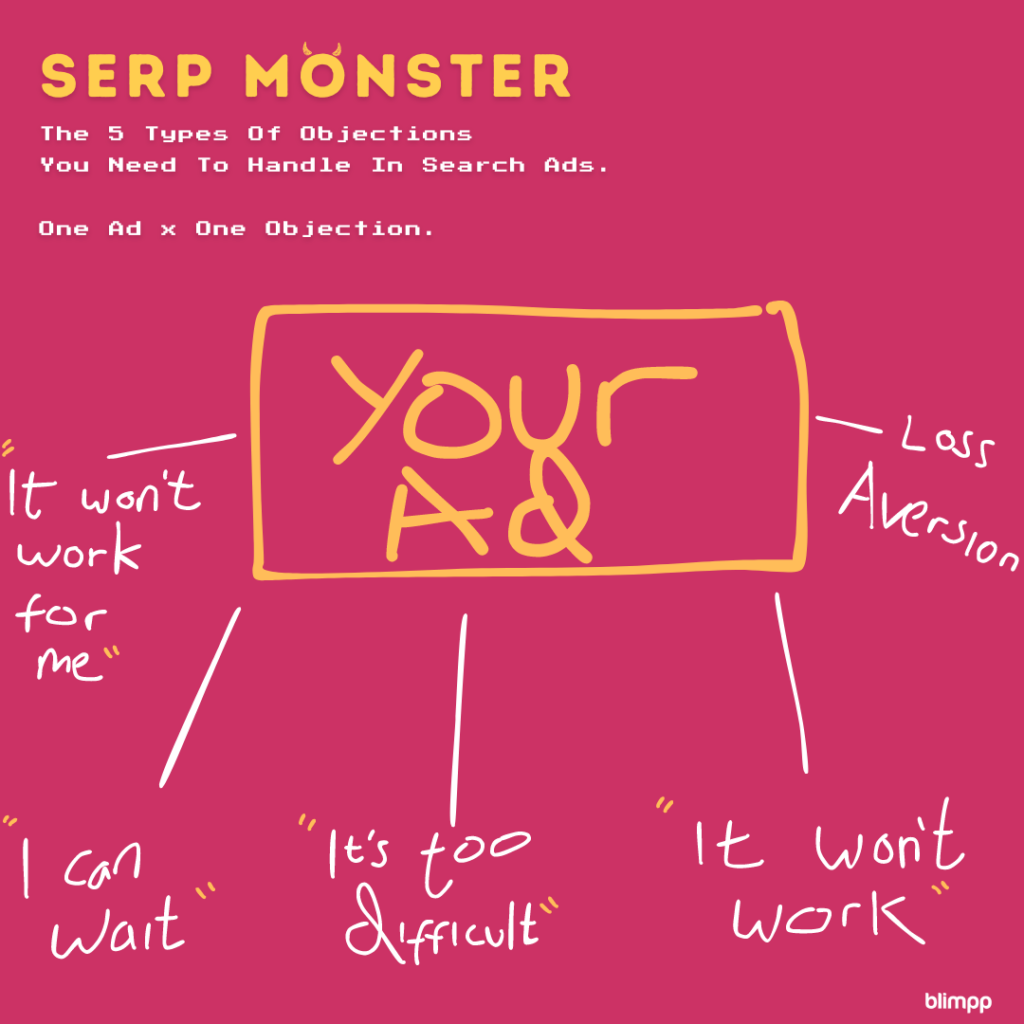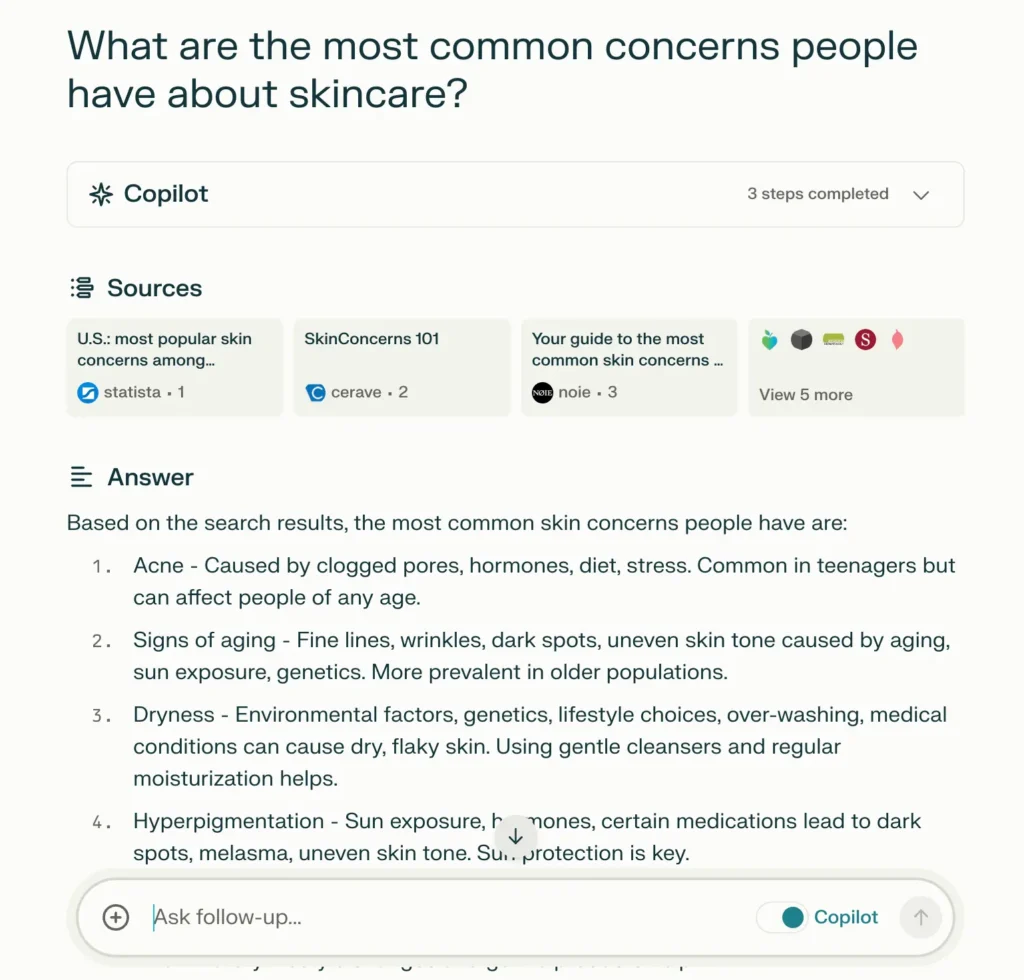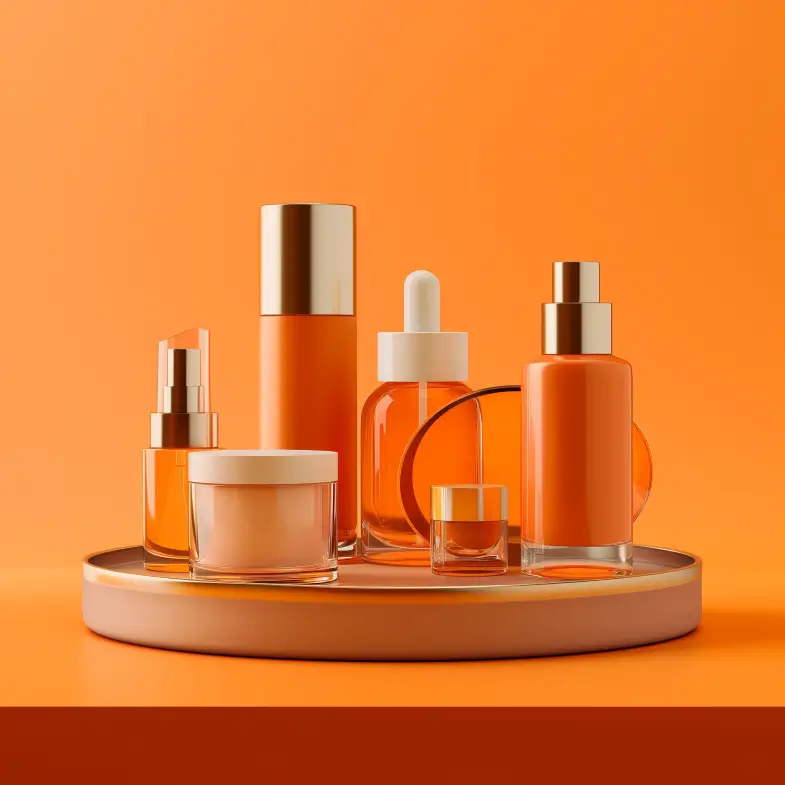Understanding your user personas is key to capitalizing on this ever-changing market. User personas define the success of your product and marketing strategies. They capture the essence of your real skincare users, providing a comprehensive and detailed snapshot of their needs, behaviors, and motivations. Creating user personas for skincare is not just a superficial overview, but a deep dive into their lifestyle, preferences, and decision-making processes.
In this practical guide, we will explore a simple step-by-step approach to research, build and apply user personas for your skincare business. Whether you sell skincare products online, in retail stores or through your skincare clinic, this article will help you to enhance customer targeting. Follow the methodology detailed here to boost your ability to acquire customers you want and ensure their lasting satisfaction. Let’s dive in!



